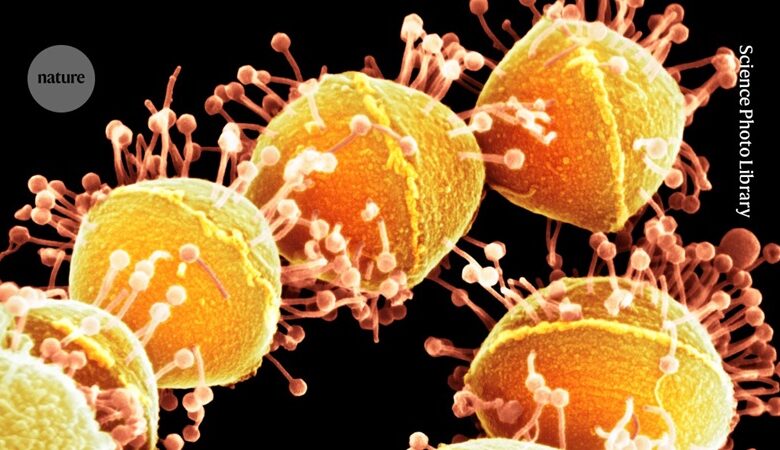Microbial warfare brought us CRISPR. What big breakthroughs could be next?
News Mania Desk / Piyal Chatterjee / 9th April 2025

Across the globe — within the seas, the earth, your body — an unseen conflict is occurring. The immense population of about 10^30 bacteria on Earth is continually besieged by an even greater force of viruses, referred to as bacteriophages. The bacteria possess multiple defenses: they break down viral parts, withhold essential materials for the invaders to replicate, and even disable their own biological processes to stop infections, sacrificing themselves for the safety of nearby relatives. The viruses, in response, develop counter-defense strategies, leading to a continuously escalating arms race.
While microbiologists are only starting to grasp the scale of this ongoing battle, microbial immune systems have already sparked innovations that have transformed biology. The identification of restriction enzymes, which are bacterial proteins that cut DNA at particular locations, ignited the field of molecular biology in the 1970s, facilitating advancements ranging from the creation of genetically modified organisms to DNA analysis. CRISPR–Cas, a bacterial defense mechanism that detects and cuts particular sequences in viral DNA, empowered researchers to remove or modify genes with exceptional accuracy. Created in the early 2010s, CRISPR-oriented gene editing has drawn billion-dollar funding and awarded its primary inventors the 2020 Nobel Prize in Chemistry.
CRISPR–Cas and other innovations have ignited a surge of interest and findings in microbial defense mechanisms. Due to progress in computational biology and genomic sequencing, researchers have discovered a variety of immune mechanisms that bacteria and other prokaryotic life forms, such as archaea, employ in their continuous battle against viruses (refer to ‘The many sides of microbial immunity’).
The findings have already resulted in enhancements in gene editing and various laboratory procedures. These defenses — some of which have counterparts in the human immune system — are expected to inspire innovative treatments, especially regarding phage therapies that eliminate harmful bacteria yet are safe for humans, as well as antibiotics. While no particular technology appears ready to replace CRISPR–Cas as one of the century’s most groundbreaking biological breakthroughs, the enthusiasm is evident.
Currently, biotechnologists are transforming these age-old advancements into laboratory or clinical instruments. On a fundamental level, they can safeguard precious microbial cultures, explains Owen Tuck, a graduate student in Doudna’s lab developing a DNA-destroying defense mechanism known as Hachiman. For example, if phages infected a bioreactor, scientists could trigger bacterial defenses to eliminate the intruders, Tuck states.
Scientists are also developing custom instruments. Examine the Argonaute system, an immune response originally discovered in eukaryotes — initially in plants, followed by animals. It employs small RNA guides to direct the destruction of other RNAs, including viral RNAs. According to Daan Swarts, a biochemist at Wageningen University & Research in the Netherlands, Argonaute systems in microbes operate in more diverse manners. He speculates that Argonaute sensors may detect frayed DNA ends or an abundance of circular DNA molecules. In reaction to infection, mechanisms linked to Argonaute could potentially harm pathogen genes or reduce the cell of essential metabolites like NAD+ and NADP+, which play roles in energy production and other functions.
Numerous tasks can be executed by CRISPR–Cas, yet Argonautes provide distinct attributes. Both systems necessitate a guide RNA to locate target sequences, and the Cas enzyme also requires an additional sequence element known as a PAM, which aids Cas in binding to and unwinding the DNA double helix. Argonaute operates independently of a PAM, allowing for a shorter guide RNA sequence, which simplifies the manufacturing process. Moreover, Swarts observes that it is simpler to file patent applications for Argonautes than to secure patents for concepts in the overcrowded CRISPR–Cas domain.






